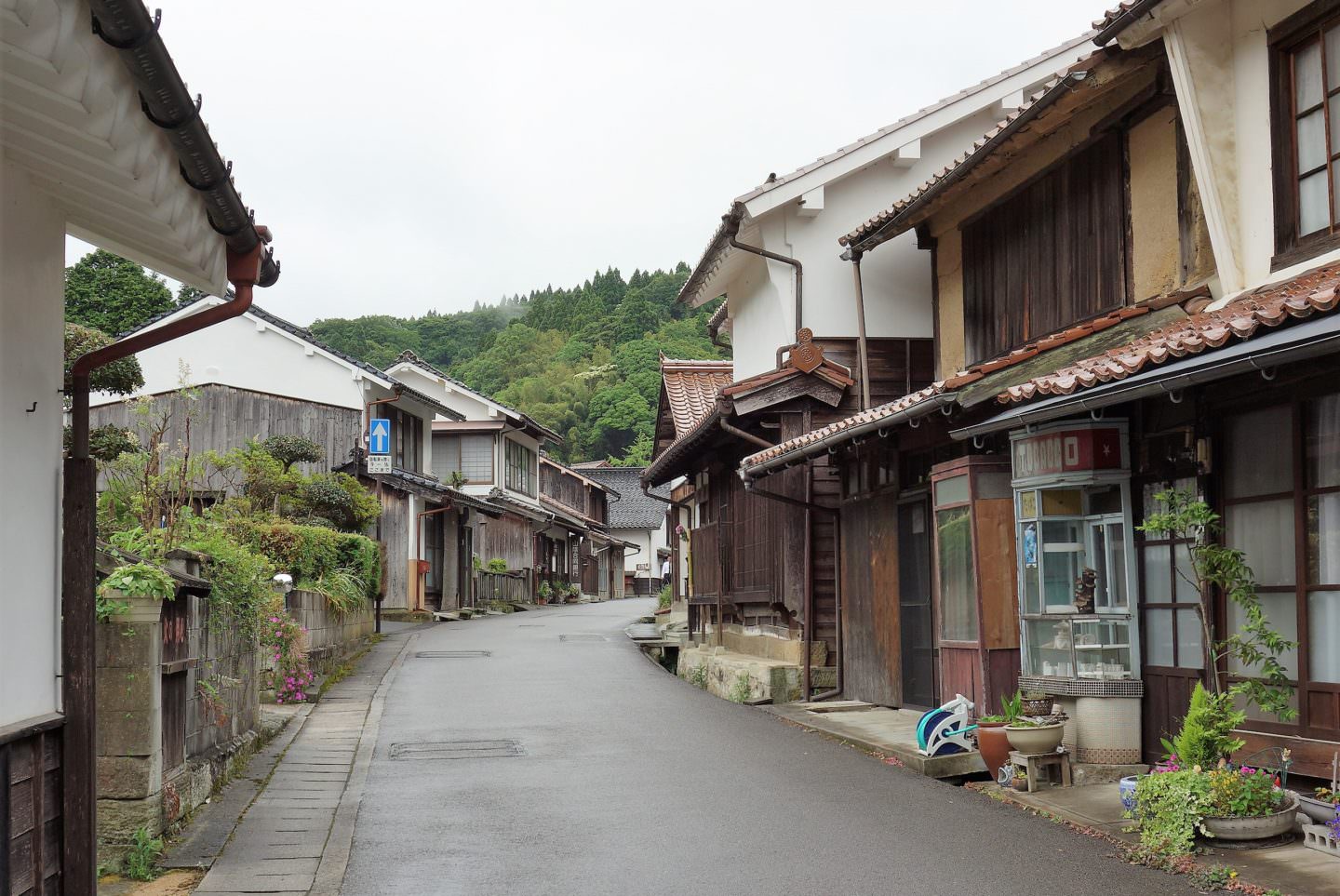The house of the Kumagai family
We briefly stopped by the house of the Kumagai family, one of the prominent historical residences in the town and a designated National Important Cultural Property. Built in 1801, this was a house of a wealthy merchant and town official who enjoyed prosperity owing to the silver production in Iwami Ginzan.
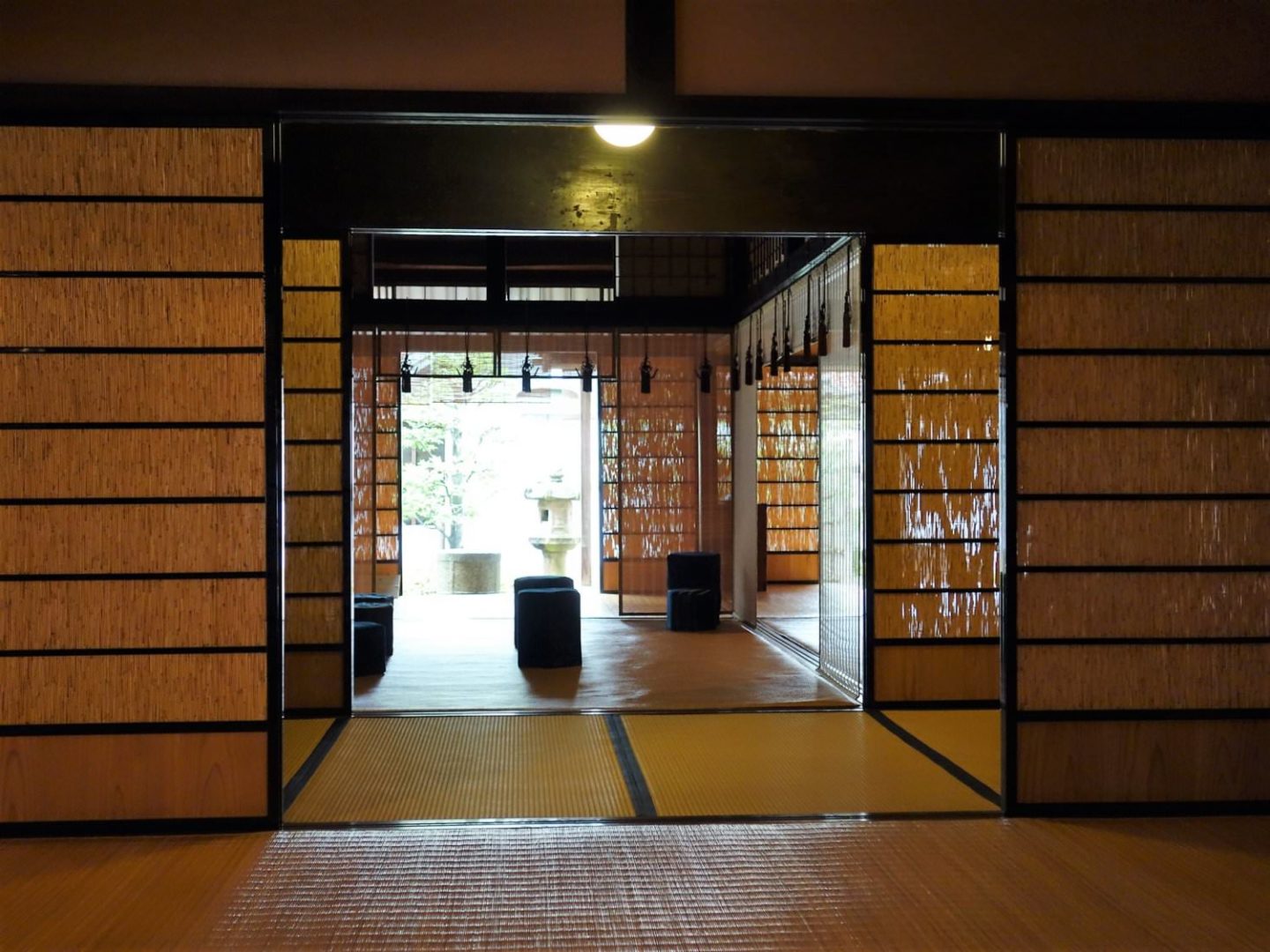
The house has undergone several renovations and sheds a light on how people of the late Edo era used to live.
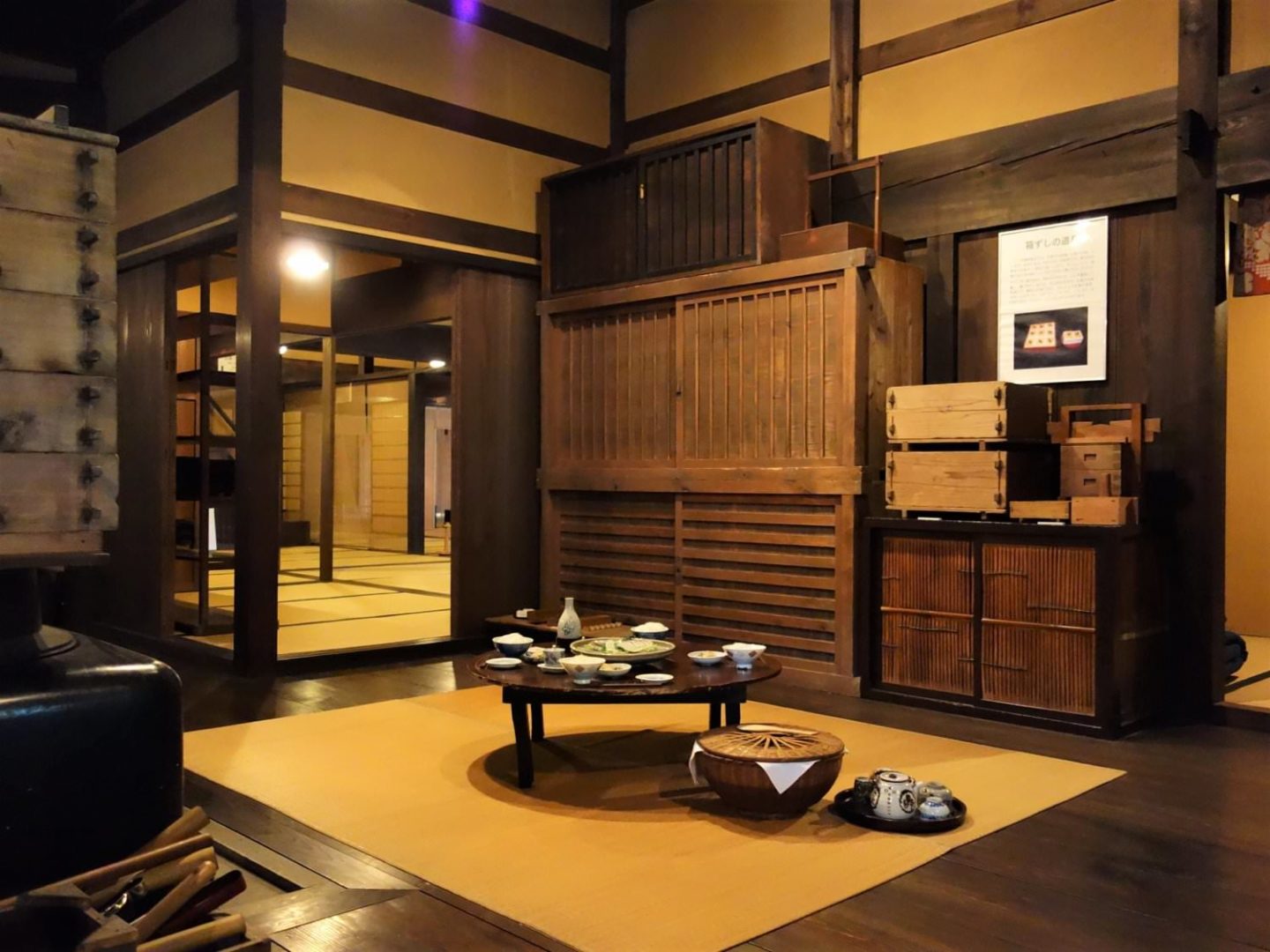
Saishoji Temple
We continued strolling the historical Omori district and reached Saishoji Temple, which is known to be one of the largest and oldest temples in the area.
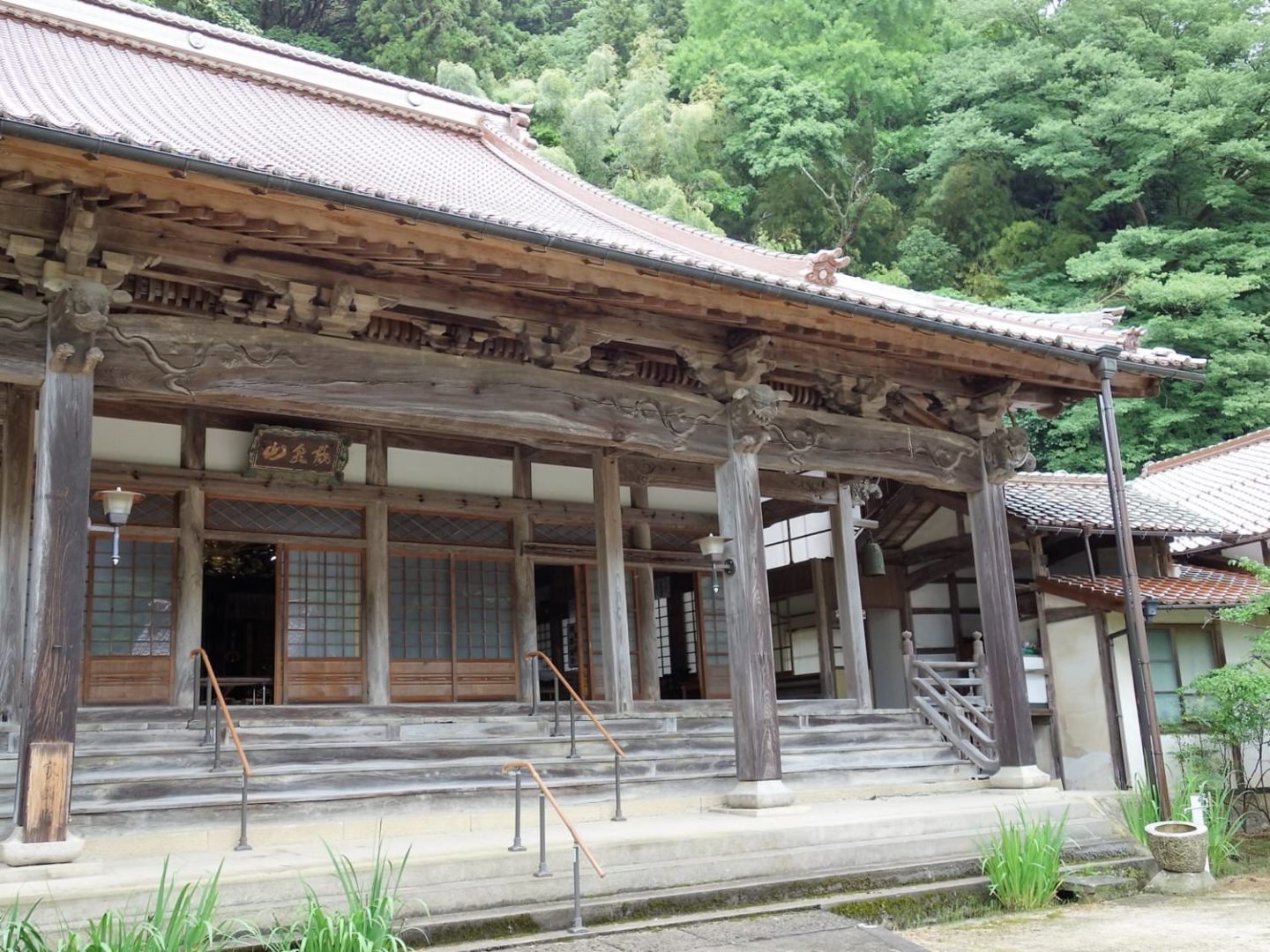
One thing that captured my eyes was the decoration on the “kyo-zo,” or the building that stores Buddhist scriptures.
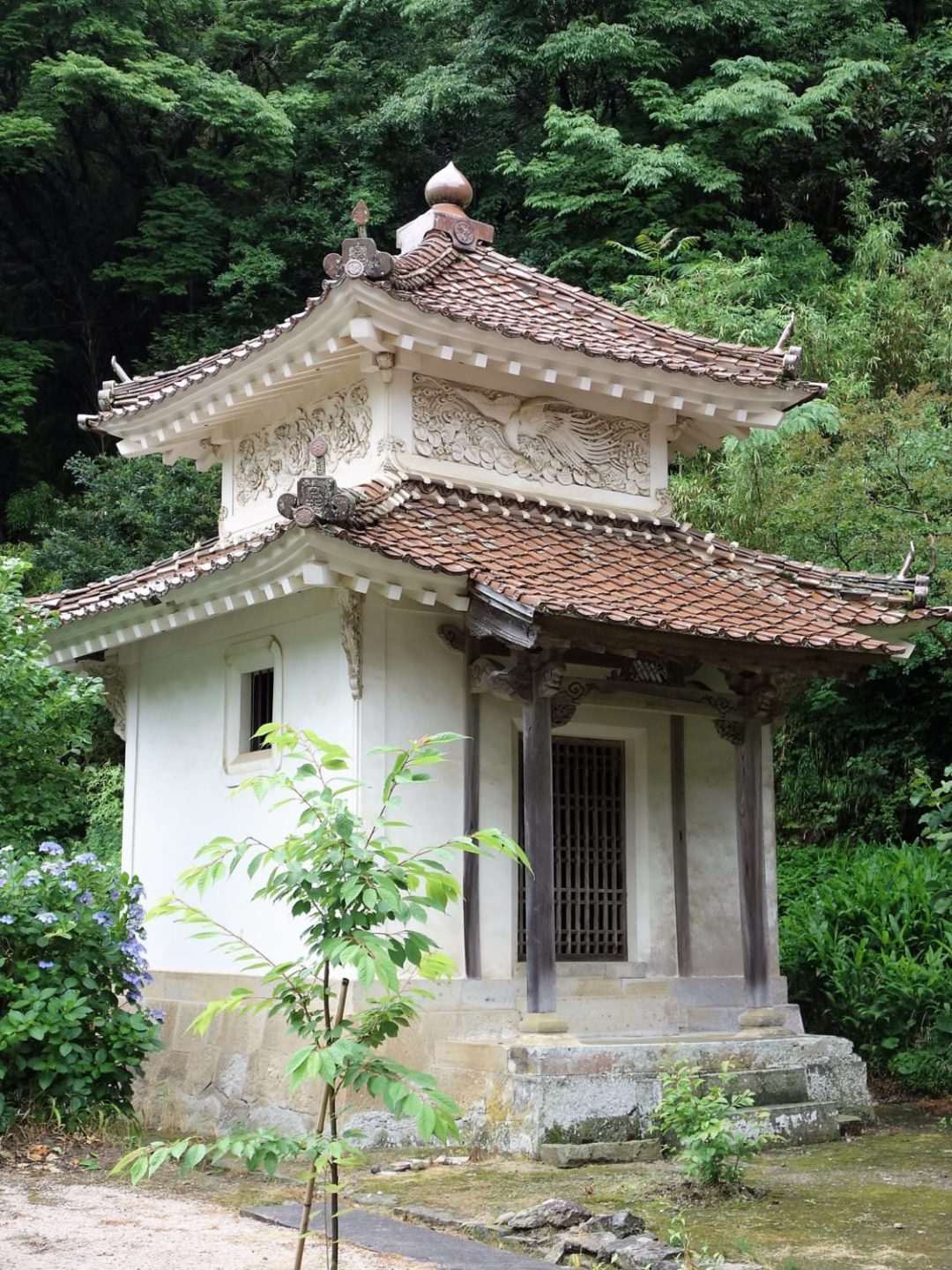
The photo below shows the decoration up close. Very detailed and beautiful, isn’t it? This is called “kote-e,” which can best be translated as “plaster relief art.” It was done by Eikichi Matsuura, who was often referred to as “the god of plasterers” for his technology and art.
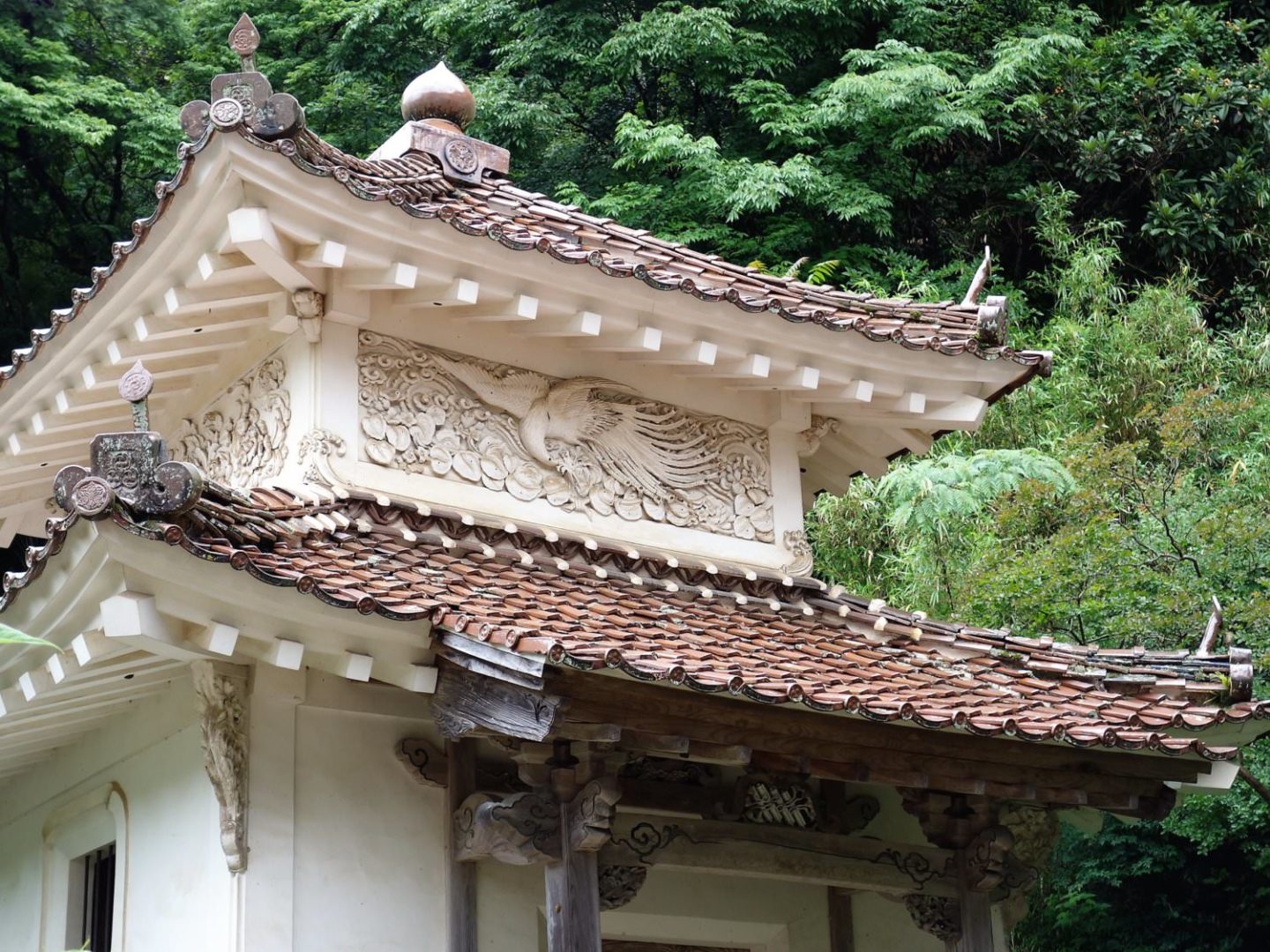
Kanzeonji Temple
Another temple we visited was Kanzeonji Temple. Because it’s built on top of a cliff, you’ll get to enjoy a nice view of the Omori district.
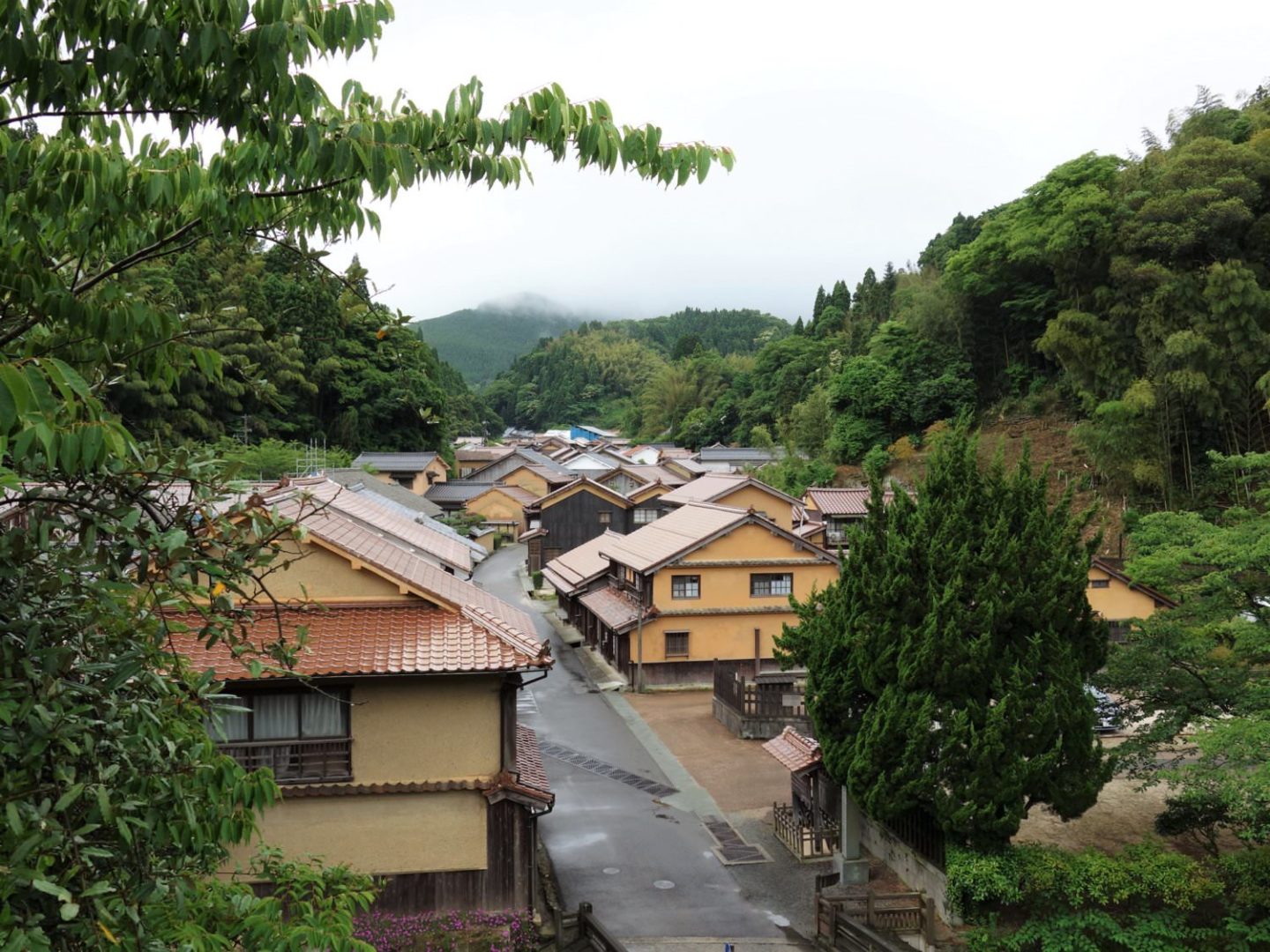
You’ll notice that most buildings in the area have red roof tiles. These tiles are locally made and are known as “Sekishu gawara.”
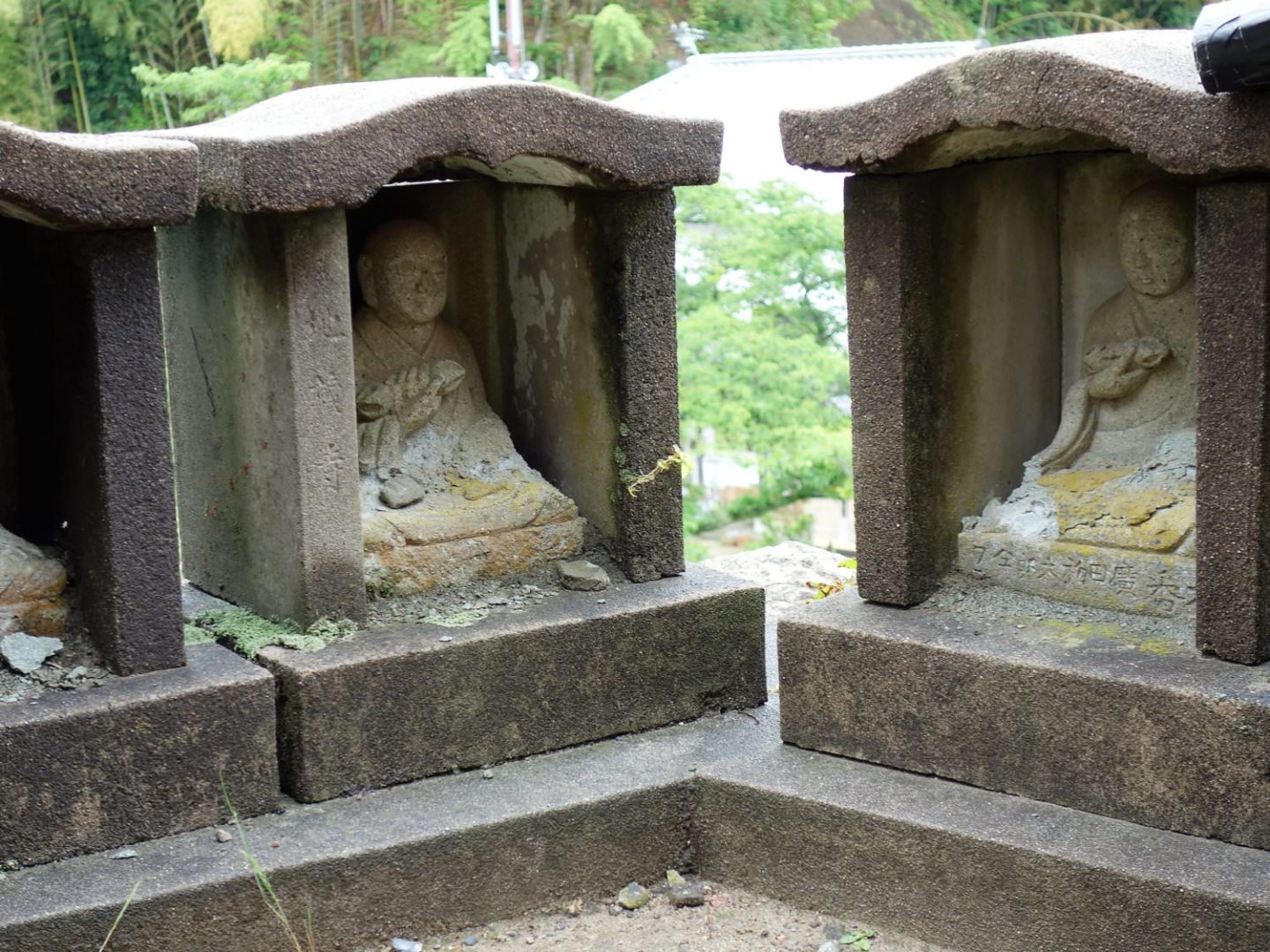
Once you climb up the stairs and reach the top of the temple, be sure to look on the ground. You’ll find small statues of “Jizo,” or protector of travelers and children.
